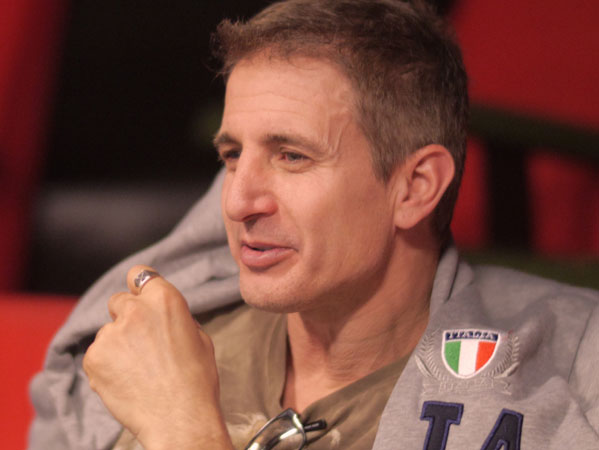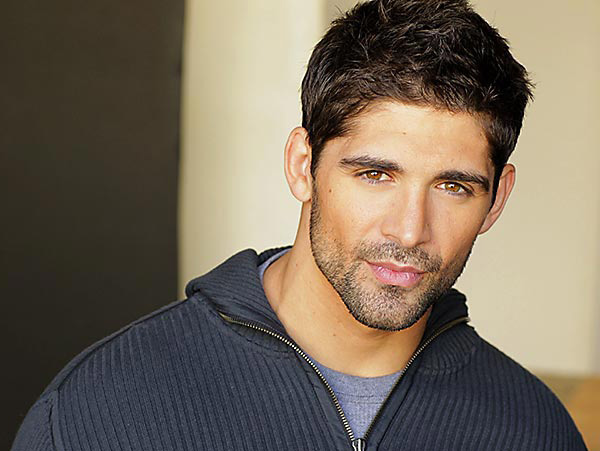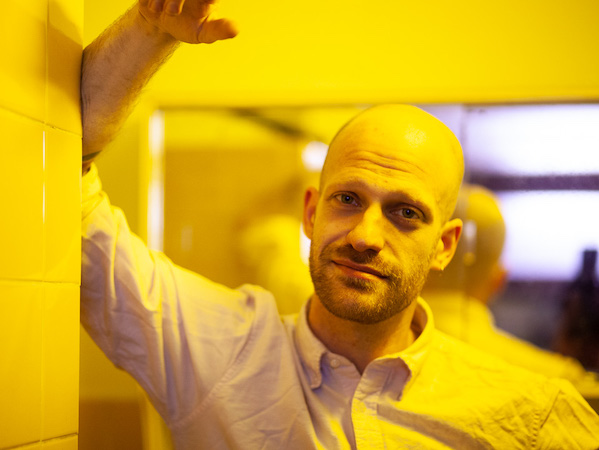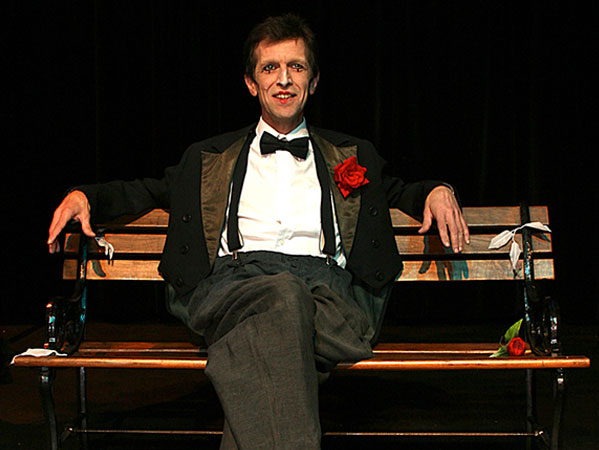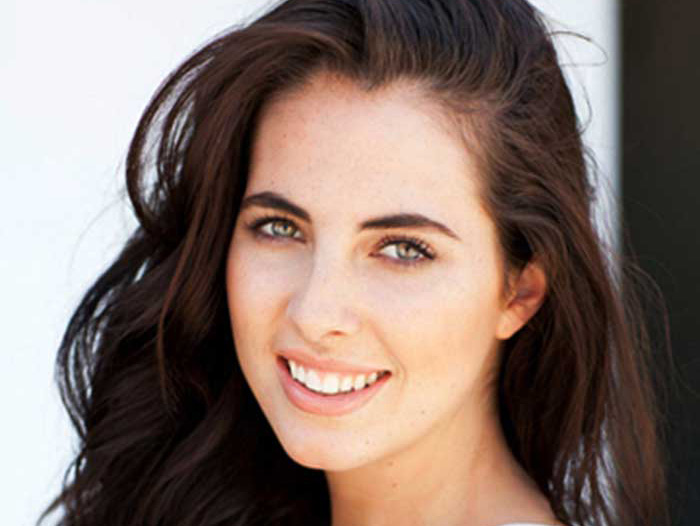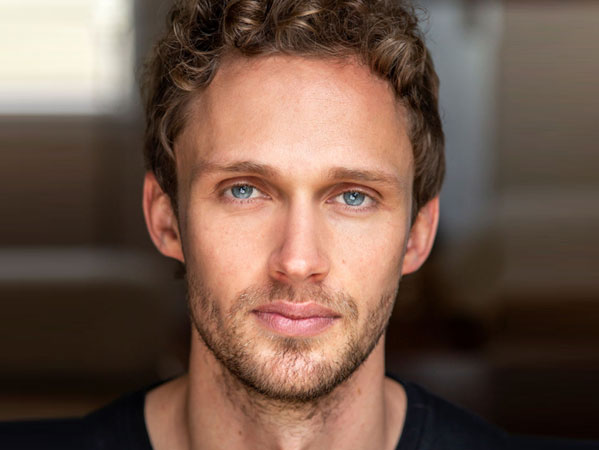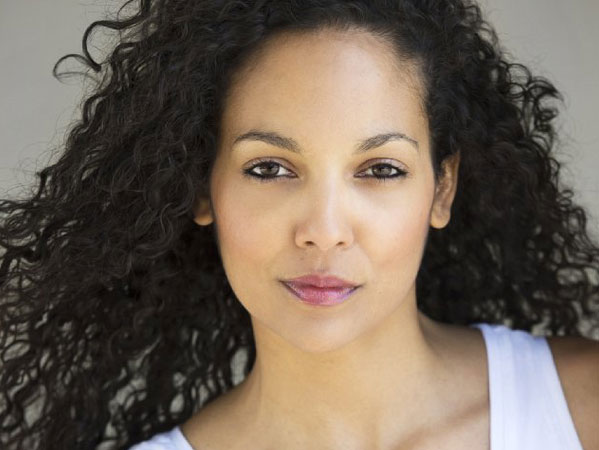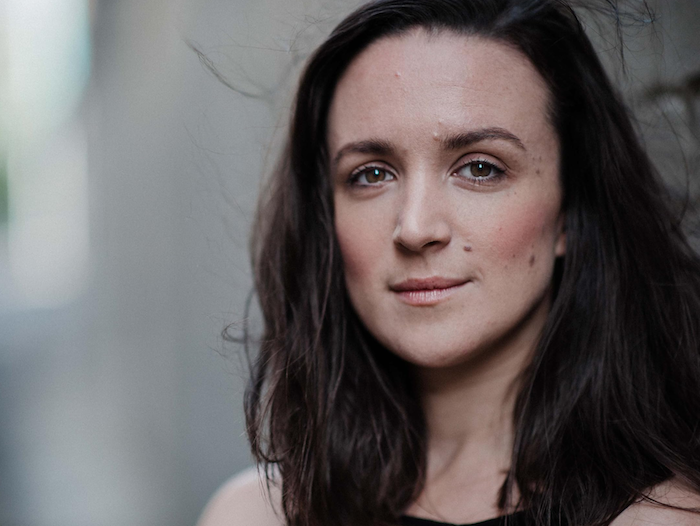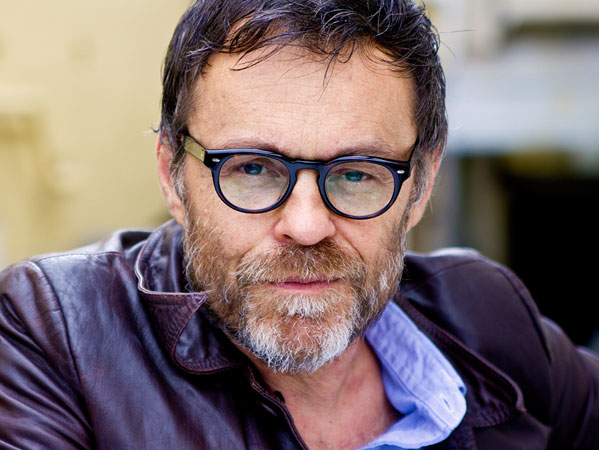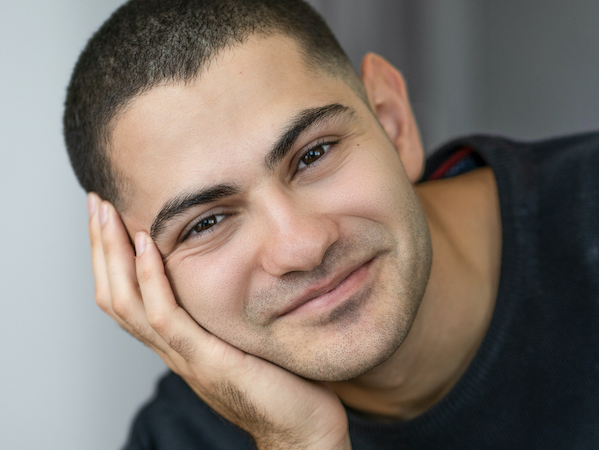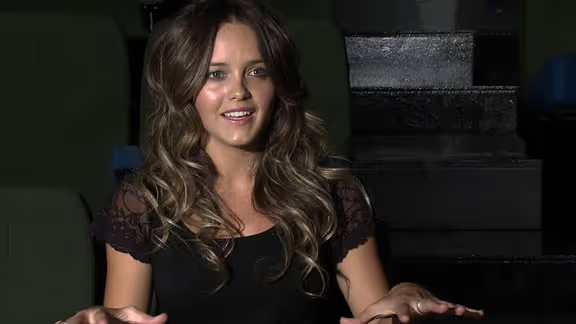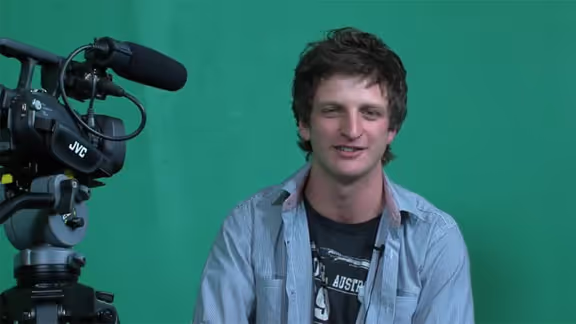Full & Part Time Acting Classes
Acting Classes & Courses in Sydney
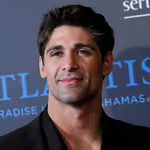
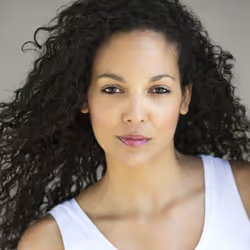
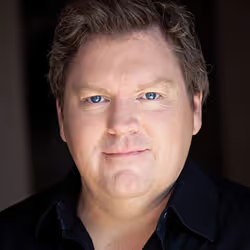


Our Sydney Acting Courses
Our comprehensive courses develop essential skills in performance, voice, dialect, movement, career preparation, and industry knowledge, providing a robust foundation for aspiring actors to launch and sustain a professional career.





Book Your Free No-Obligation Consultation Today





The Actors Pulse
While our foundation is rooted in the world-renowned Meisner Technique, our programs go beyond it, integrating screen acting, audition preparation, voice and dialect, movement and the business of acting. This comprehensive approach ensures students are ready for the realities of today’s film, television and theatre industries.

Start today!





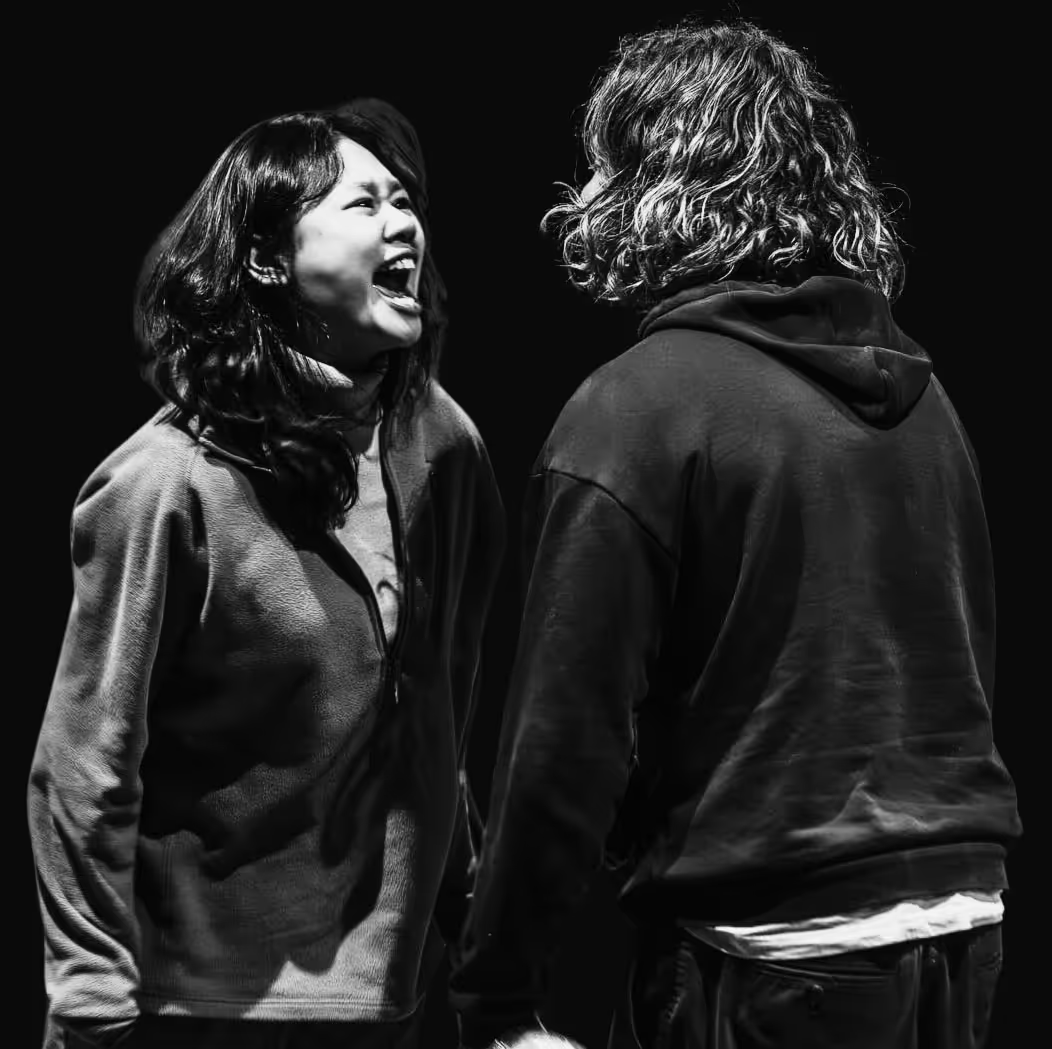


Tutors
Led by founder Billy Milionis, our diverse team includes alumni and coaches in voice, dialect and movement, ensuring consistent, seamless training.
Reviews
Frequently Asked Questions
Once you complete your training at The Actors Pulse, you open the door to real-world acting opportunities, whether you’re looking for work on stage or screen. While you’re responding to casting calls and auditioning, you can also join the Pulse Group Theatre and perform, securing ensemble experience and professional credits to bolster your resume. Alternatively, you can join our advanced screen students who are developing their own vertical TV series. With process-based training and The Actors Pulse Mind Your Own Business Program, our students leave us industry-ready once their training is complete.
We equip you with confidence, craft, and the tools you need to build a lasting career on the screen (or stage). Your resume should showcase your training in lieu of acting credits, and additional courses and classes can add to your credibility. Learning the Meisner technique and working on different accents, dialects, and voices can also increase your likelihood of securing acting roles post-study.
As industry members with acting experience, we understand the time, energy, and cost of investing in your craft. We provide a variety of acting classes to teach beginner, intermediate, and advanced students. Train in the Meisner Technique, study screen acting, and join the elective workshops we offer throughout the year. We cater to all skill levels and will use the initial consultation with you to get a better understanding of your skill level and training.
We have a range of acting classes to choose from; you can choose from full-time and part-time options. Children as young as 11 are welcome to enrol in our teen acting courses, while our adult courses are reserved for those aged 16 and above. However, we also offer work experience opportunities for 15-18-year-olds interested in making a career in the arts. Whether you’re thinking about script writing, directing, or starring, work experience is a unique opportunity to gain insight into the industry.
Once you graduate from one of our acting courses, you will be well-equipped with the skills you need to begin your foray into the entertainment industry. Your time with us will have given you confidence and a range of acting skills to help you stand out from the casting call competition. Whether you pursue The Meisner Technique, Screen Acting, or take every movement, voice, and dialect class available, you’ll have the skills to compete with the best.
However, that doesn’t mean our relationship with our graduates ends there. While the industry has plenty of opportunities to explore, The Actors Pulse supports graduates in several ways once they leave our doors. With showcases, headshot assistance, and industry networking, there’s always something The Actors Pulse can do to help you showcase your credentials. Of course, you can also join The Pulse Group Theatre or help the advanced screen students with their TV series development.
We’re passionate about the work we do and work hard to keep our class sizes on the smaller side to ensure our students get the most out of every class they attend. While the number of students per class varies depending on the type of class, the average class count is 12 to 16. So, while you may attend several classes with 16 students, others may be as small as 12. We typically try to keep our movement classes smaller so there’s plenty of room for everyone to define their physical presence.
Likewise, our voice and dialect classes run smaller as students get to know their vocal range and master the power of their voices. Whether you want to master a regional accent, perfect your Received Pronunciation, or focus on the breathing techniques to amplify and project, it’s best to do this in a smaller class.
The first step in joining The Actors Pulse is scheduling a comprehensive consultation. This is a free meeting we hold with all potential students. We’ll take this opportunity to sit down with you for an hour-long interview to discuss your goals, needs, and the type of courses we offer and believe will benefit you best.
Your journey starts with this personal consultation, and as important as it is for our students to get a sense of who we are and what we do, it’s also our opportunity to get to know you. With an overview of your skills, experience, and goals, our instructors can provide targeted advice and guidance throughout your journey with The Actors Pulse.
We get to know you as a person and an artist, so we can tailor your learning experience to maximise your experience, ensuring that you’re industry-ready and motivated to succeed when you graduate.
We offer both in person and online acting courses to suit your needs. Our in-person courses and classes are run from our Redfern studio, just a 10-minute drive from Sydney’s CBD. Conveniently, we are also just 100 metres from Redfern train station.
Our classes are accessible remotely via Zoom with meeting links sent out to students in advance of all scheduled class times.
At The Actors Pulse, our part-time schedules offer flexibility through a choice of one or more classes a week on a term-by-term basis. This is intended to allow you to study at your own pace and around other commitments such as work, school or other studies.
Conversely, our full-time courses are run to a set schedule and predetermined curriculum over three years. Similar to a university course, you will be required to be in attendance multiple days each week for back-to-back classes.
Yes, we run both our part-time and full-time courses on set term dates. These are 9-week terms with 5 terms each year. While we may be able to offer some flexibility on enrolments with our part-time courses, please note our full-time courses have strict enrolment dates.
This is to ensure consistency with class attendance, that there are no gaps in your learning and also aids in reducing disruption for other students.
At the Actors Pulse, our team of acting coaches and instructors is made up of several experienced and highly skilled staff, each with their own area of expertise.
This includes founder Billy Milionis, one of only a handful of Australian actors to have studied under Sandford Meisner himself, past alumni who have become successful actors themselves plus voice and dialect coaches, movement tutors and more.
Exactly who you will study under will depend on which course or class you are taking and the skill being studied.
This is to ensure consistency with class attendance, that there are no gaps in your learning and also aids in reducing disruption for other students.
To discuss costs for our full-time acting classes and how payment can be made for these over the three-year duration, please contact our team directly for further information.
While there will be some upfront costs required to be paid, instalments for ongoing course costs can be discussed and decided upon based on individual circumstances.
While exact term dates may differ each year, typically our 9 week terms run as follows:
- Term 1 late January to late March
- Term 2 early April to early June
- Term 3 early June to early August
- Term 4 mid August to mid October
- Term 5 mid October to mid December
Term dates for the current year can be accessed via our website and are updated for the coming year at the close of term 5. For updated term dates for the coming year that are not yet published please contact our team for further information.
As with any formal learning, students receive a certificate of completion once they complete the course. More importantly, students of The Actors Pulse walk away equipped with the skills to take the stage or screen by storm.
Whether you're a part-time student in need of flexibility to work and earn while you study or you plan to pursue a full-time course, students learn acting techniques, character development, scene study, and performance technique.
As the southern hemisphere's leading Meisner Technique acting school, our tuition ensures our students stand out in a busy field of up-and-coming actors.
At The Actors Pulse, we're happy to work with you wherever you are in your acting journey.
Our tutors are equipped with the skills to tailor lessons to your skill level, whether you're interested in movement, screen acting, the Meisner technique, or you want to nail the intricacies of dialect. Our beginner's exercises will help you explore yourself and a range of characters within you, and our intermediate stage takes you through the Meisner technique. Advanced students get to delve deeper into the teachings of Sanford Meisner to bring performance and dialogue to life.
You would join a long list of successful actors who made the same decision. While there are plenty of acting schools and drama classes to choose from, The Actors Pulse leads the way in teaching the Meisner Technique.
The Actors Pulse Director Billy Milionis studied under Sanford Meisner and informed the way we operate.
With a strong team of tutors covering screen acting, movement, voice and dialect, and the Meisner technique, The Actors Pulse has a long list of successful alumni to claim, from Rebecca Breeds to Aaron Glenane. Acting classes are important, but we offer more – we provide the space for our actors to explore and grow.
You don't need to know much before you take an acting class, but there is one thing you should ask yourself before you enrol:
What do you want to get out of acting classes? Having a clear idea of your expectations will help prepare you to deal with the shyness that may come from putting yourself out there for the first time or to downplay your embarrassment when you flub an improvisation. Are you enrolling to master your craft? Or, are you trying to make yourself the most bookable actor in the country? Your motivation will keep you going in the tough times, so having a goal to chase is key.
At The Actors Pulse, we're happy to work with you wherever you are in your acting journey.
Our tutors are equipped with the skills to tailor lessons to your skill level, whether you're interested in movement, screen acting, the Meisner technique, or you want to nail the intricacies of dialect. Our beginner's exercises will help you explore yourself and a range of characters within you, and our intermediate stage takes you through the Meisner technique. Advanced students get to delve deeper into the teachings of Sanford Meisner to bring performance and dialogue to life.
As with any formal learning, students receive a certificate of completion once they complete the course. More importantly, students of The Actors Pulse walk away equipped with the skills to take the stage or screen by storm.
Whether you're a part-time student in need of flexibility to work and earn while you study or you plan to pursue a full-time course, students learn acting techniques, character development, scene study, and performance technique.
As the southern hemisphere's leading Meisner Technique acting school, our tuition ensures our students stand out in a busy field of up-and-coming actors.
To enrol in one of our full-time acting courses, we request that you complete the online application form. This detailed form requires information regarding your past experience, skills you may have such as languages, dancing or singing and either a video audition submission or in-person addition appt to be made.
None of this information is shared outside our organisation and is used to help us determine how well this course suits your needs and whether we feel we are the right fit for you.
Choosing the right acting course depends on your goals, experience and the level of commitment you’re ready to make. At The Actors Pulse, we offer pathways for both beginners and advanced students, whether you’re exploring acting for the first time or looking to refine your craft for stage and screen.
Our full-time program provides immersive, structured training designed to fast-track your development, while part-time and online options give you the flexibility to build skills at your own pace. If you’re unsure where to start, we’re here to guide you.
We offer no-obligation consultations to discuss your aspirations, answer your questions and help you find the course that best supports your journey as an actor.

Contact Us
Get in touch with us using the form or details below. We look forward to hearing from you!





